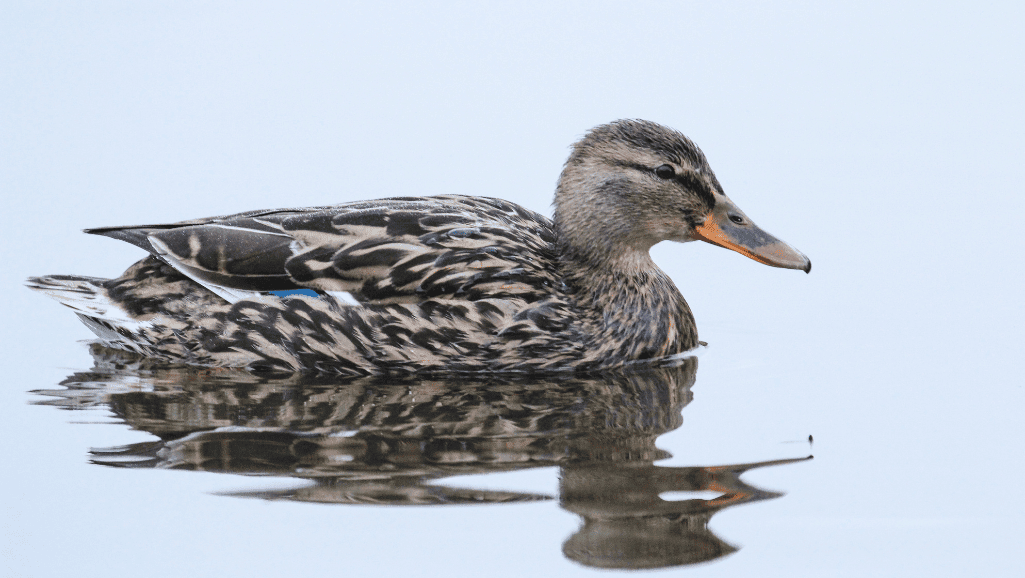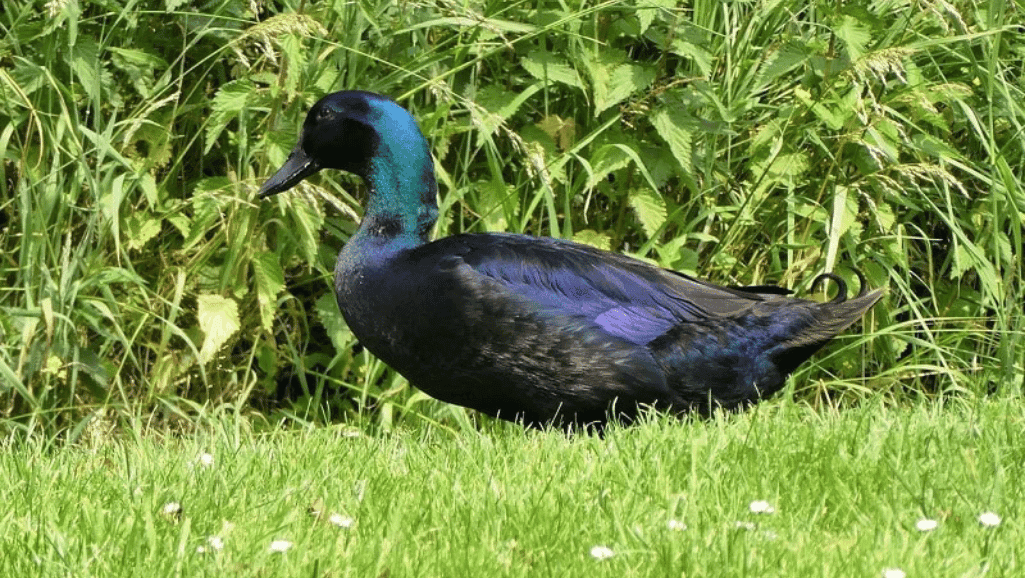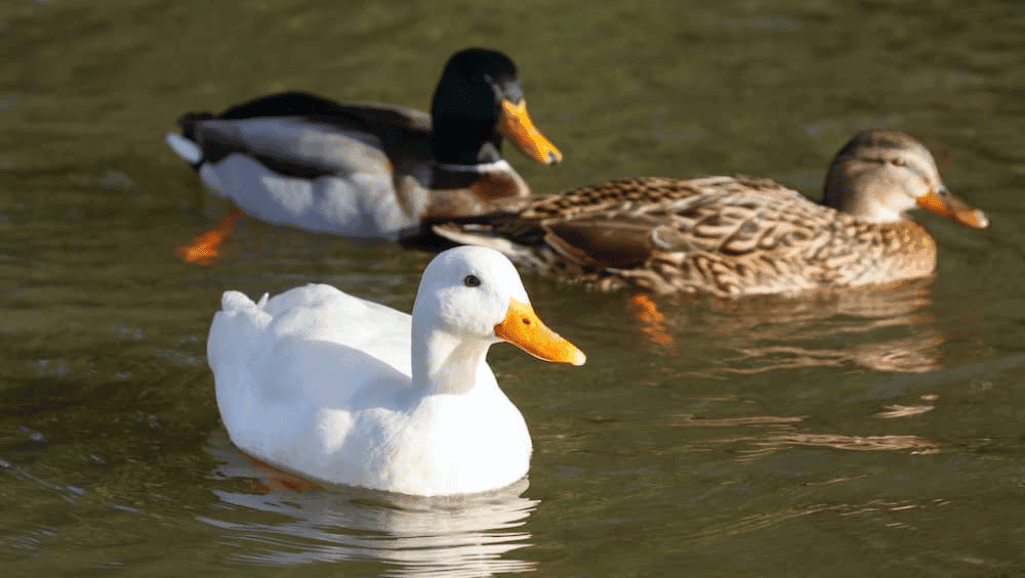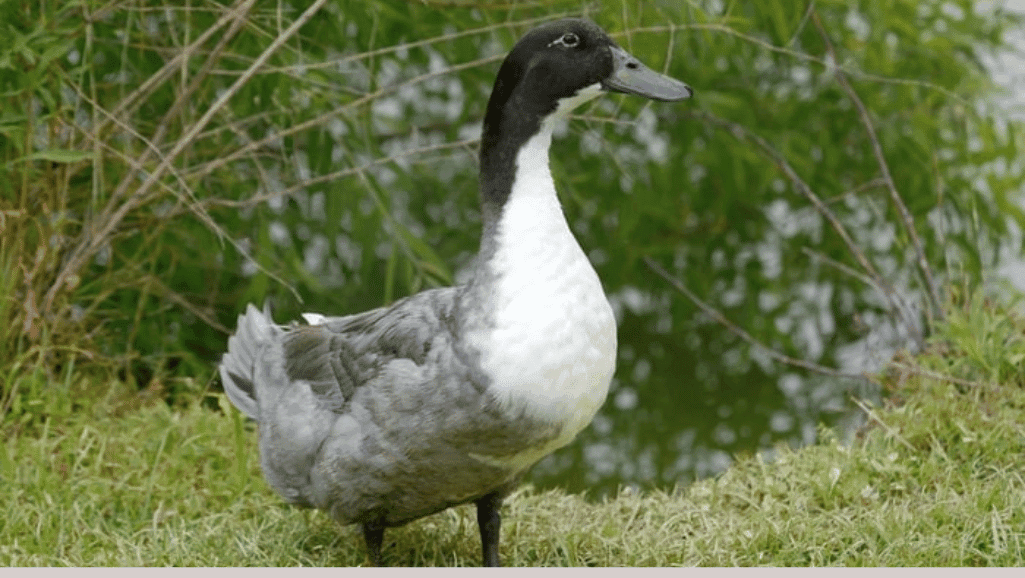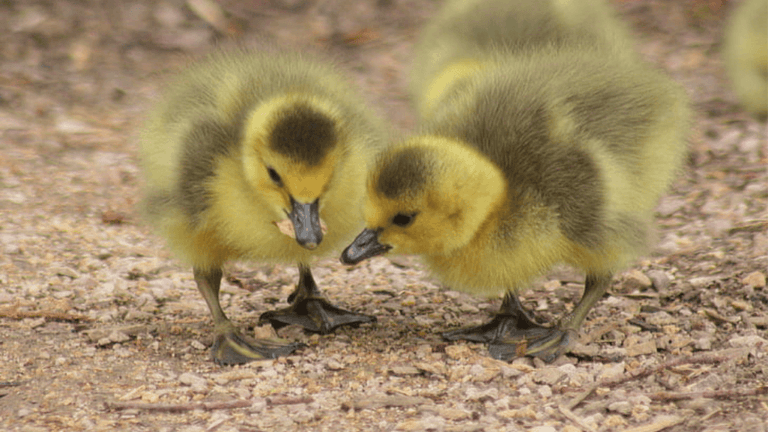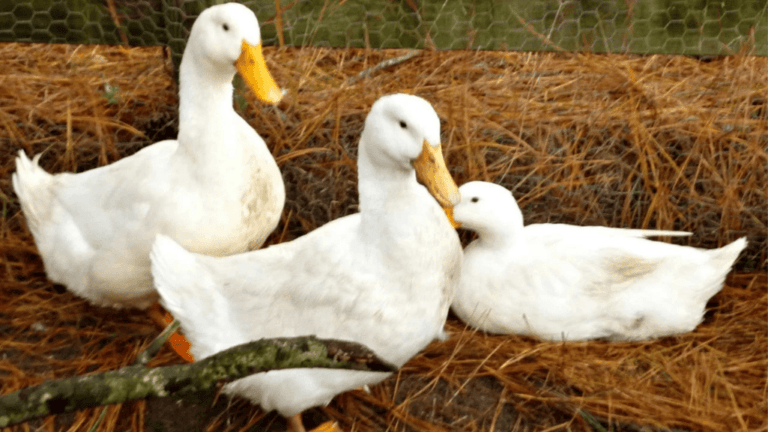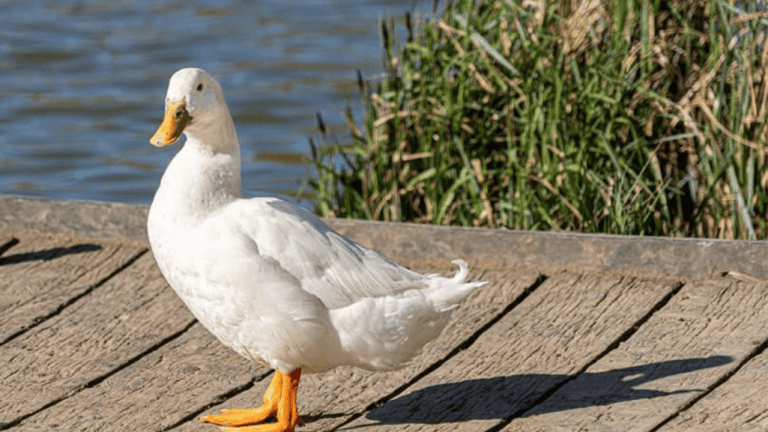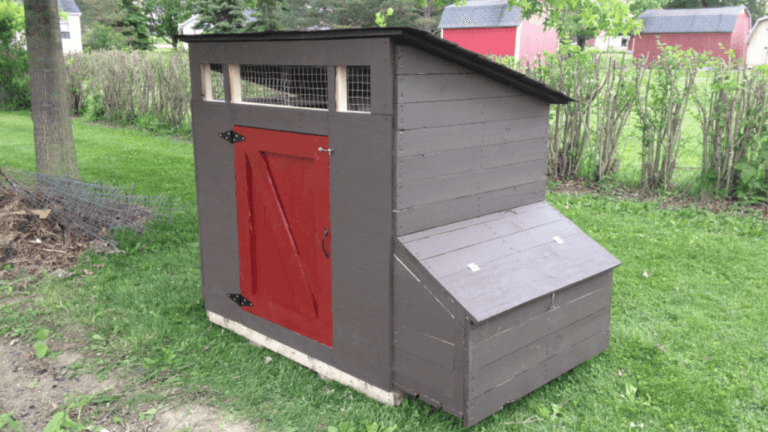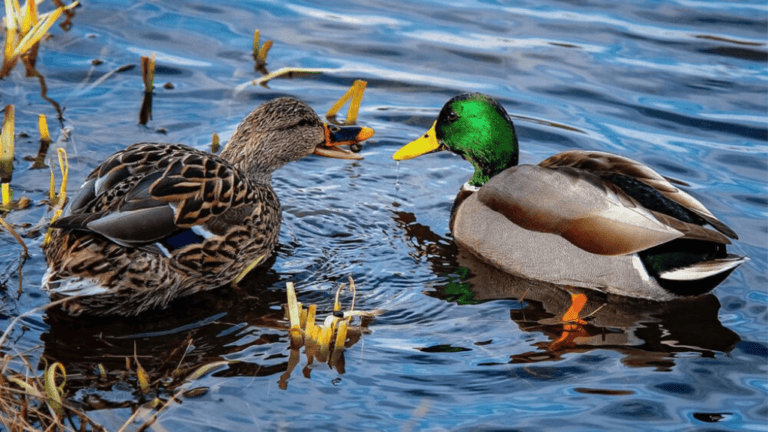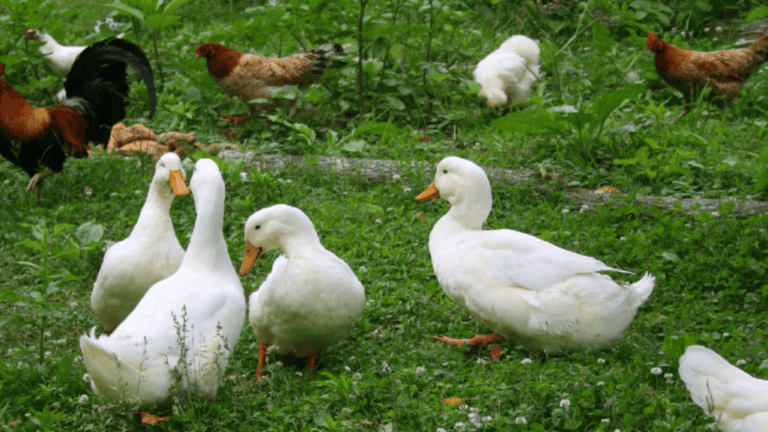Finding the right duck breed is more than just picking a pretty face. It’s about finding a duck that fits your lifestyle. Whether you want a pet, eggs, or meat, each breed has its own special qualities.
The Pekin duck is loved for its friendly nature and egg-laying skills. But, they need careful care to stay healthy. On the other hand, the Muscovy duck is known for its quiet smarts and calm nature. They are adaptable and even-tempered, making them a top choice.
Choosing the best duck breed depends on your home and needs. Domesticated ducks are easier to manage because they don’t fly or migrate like wild ones. Remember, every duck is different, shaped by how it was raised.
Key Takeaways
- Understanding individual duck personalities is as crucial as breed characteristics when choosing a duck.
- Domesticated duck breeds generally offer easier management, ideal for homestead environments.
- Pekin ducks are favored for their friendliness and egg production, yet require careful health management.
- Muscovy ducks are valued for their intelligence and calm demeanor, considered one of the top duck breeds for varied purposes.
- A thorough duck breed comparison is vital for matching your needs with the ideal duck breeds.
- The best breed of duck is subjective and should align with specific requirements such as space, temperament, and utility.
Understanding Duck Breed Diversity
Exploring duck rearing means knowing the many popular duck breeds. Whether you’re starting as a poultry farmer or just enjoy ducks, picking the right breed is key. Each breed has its own duck breed characteristics, fitting different needs like eggs, meat, or pets.
More Than Just Quack: Duck Breed Basics
The wide range of domestic duck breeds shows in size, color, behavior, and egg or meat production. The Welsh Harlequin is friendly, while the Indian Runner is great at foraging. These differences affect how well they fit into different homes.
Selecting a Breed: Purpose Matters
When picking a domestic duck breed, think about what you want. For lots of eggs, the Khaki Campbell is top-notch, laying over 300 eggs a year. For meat, the Muscovy is a favorite because of its lean, tender meat.
Domestic Duck Breeds: An Overview
Here’s a quick guide to help you choose the right duck breed:
| Breed | Purpose | Egg Production | Meat Quality |
|---|---|---|---|
| Khaki Campbell | Eggs | Over 300 per year | Standard |
| Muscovy | Meat | Fewer, takes 35 days to hatch | High, 98% fat-free |
| Indian Runner | Eggs/Foraging | Over 230 per year | Standard |
| Pekin | Dual-purpose | High volume | Excellent, rapid growth |
| Cayuga | Unique eggs | Medium volume, dark colored | Good |
This guide helps you pick the right duck breed for your needs. Whether you want lots of eggs, tasty meat, or something in between, there’s a breed for you.
Top Duck Breeds for First-Time Owners
Choosing the best breed of duck for beginners means looking at their temperament, how much care they need, and their health. We’ve picked out some recommended duck breeds for new duck owners. We’ll also cover what care they need to help you choose wisely.
The Pekin duck is a great choice for beginners. They are friendly and easy to care for. They lay about 125-225 eggs a year but might get sick if they eat too much or have joint problems. Muscovy ducks are also good for new owners. They are smart and quiet, making them perfect for a peaceful home.
- Pekin ducks live for 1-10 years and need careful feeding to stay healthy.
- Muscovy ducks are quieter and need space to move around and sometimes be alone.
- Call ducks are not the best for beginners because they are loud and hard to breed.
Ducks like to be with others, so it’s best to keep them in pairs. Having at least two ducks makes their home more fun and social.
Starting with ducks can be scary but also very rewarding. To learn more, check out Duck’s New World. It’s a great site for both new and experienced duck keepers.
| Breed | Egg Production (Annually) | Noise Level | Ideal for Beginners? |
|---|---|---|---|
| Pekin | 125-225 | Medium | Yes |
| Muscovy | 80-120 | Low | Yes |
| Call Duck | 30 | High | No |
Choosing the best breed of duck for beginners is more than just ease of care. It’s also about how well they fit into your home and life. Muscovy and Pekin ducks are good choices because they can adapt to many living situations, making them great for first-time owners.
Best Breed of Duck for Egg Production
When looking for the best duck for eggs, think about egg laying, hardiness, and adaptability. The top egg-laying duck breeds are known for their high egg production.
Prolific Layers: High Egg Yield Breeds
The Khaki Campbell duck is the highest egg-producing duck, laying up to 300 large eggs a year. It’s loved by both commercial farmers and backyard keepers. The Welsh Harlequin is also a top choice, laying 240 to 330 eggs yearly.
Year-Round Producers: Breeds That Lay in All Seasons
Buff ducks and Golden 300s are year-round producers. They give eggs all year. The Buff duck lays 150 to 220 large eggs yearly, making it great for steady egg supply.
Alternative Choices: When Egg Size and Color Matter
The Cayuga duck is perfect for those who love egg looks and production. It lays dark, almost black eggs and produces 130-180 eggs yearly.
To learn more about duck breeds for your needs, check their traits and how they fit your goals.
In summary, for high egg yield, choose Khaki Campbell and Welsh Harlequin. For eggs all year, go for Buff and Golden 300 ducks. Cayuga ducks have unique, colorful eggs. Knowing these details helps pick the right breed for your egg needs.
High-Quality Duck Breeds for Meat
Choosing the right duck breed for meat is key. The Pekin, Muscovy, and Moulard ducks are top picks. They each have special traits that make them great for meat.
The Pekin duck grows fast and has a lot of meat. It reaches butcher weight in just six weeks and weighs about six pounds. The Jumbo Pekin is even bigger, reaching 9 ½ to 11 pounds by 12 weeks. They also lay a lot of eggs, making them good for both meat and eggs.
Muscovy ducks have very lean meat, almost 99% lean. They are healthier and taste like red meat. This makes them perfect for gourmet dishes and health fans.
The Moulard duck is a mix of Pekin and Muscovy. It’s loved in U.S. kitchens for its big, tasty liver. This liver is great for making fancy pâté and foie gras.
For more on these premium duck breeds and cooking with them, check out various resources. Ducks New World also has lots of info on duck conservation and diversity.
| Breed | Weight at Butcher Time | Unique Qualities |
|---|---|---|
| Pekin | 6 lbs at 6 weeks | Rapid growth, dual-purpose (meat and eggs) |
| Muscovy | Varies; ~11 weeks to grow | Lean meat, less surface fat, red meat-like flavor |
| Moulard | N/A (bred for liver and size) | Large liver, ideal for pâté and foie gras |
Choosing the best duck breed depends on your cooking needs and health goals. Whether you prefer the big Pekin, the lean Muscovy, or the unique Moulard, there’s a breed for every duck meat lover.
Ideal Duck Breeds for Small Spaces
Living in a small space means picking the right duck breed is key. Choosing compact duck choices and adaptable duck species helps both ducks and owners live well. This part looks at top picks for ideal duck breeds for small spaces.
Compact and Cozy: Breeds for Limited Areas
Smaller duck breeds are perfect for tight spaces. Call Ducks and Welsh Harlequins are great because they’re small and easy to care for. They’re also quiet and clean, which is great for city living.
For more on keeping your duck-raising private, check out this guide.
Adaptable Quackers: Ducks That Thrive in Confined Environments
Ducks that adapt well to different spaces are great for small outdoor areas. Call Ducks and Magpie Ducks need less room and adjust to small spaces easily.
Knowing what these ducks are like is important for a good small-space duck experience. For example, Call Ducks are small but lay lots of eggs. This makes them perfect for city or suburban areas.
Some duck breeds also get along with chickens in small yards. Less high-strung breeds like Saxony and Silver Appleyard ducks work well with others. This creates a peaceful backyard.
In short, picking the right duck breed for a small space doesn’t mean sacrificing their happiness. With the right choice from ideal duck breeds for small spaces, city and suburban folks can enjoy duck keeping without needing a big yard.
Ducks as Pets: Friendly and Social Options
Thinking about getting a duck as a pet? It’s important to pick a breed that’s friendly and fits well with your family. The best pet duck breeds are social and easy to handle. They make great interactive pets for your home.
Connecting with Quacks: Breeds Known for Their Friendly Nature
Some duck breeds are especially friendly and social. The Pekin duck is calm and sociable, making it a great pet. Call ducks are small and gentle, perfect for families with kids. Indian Runner ducks are active and friendly, with a unique look.
Pet Ducks and Familial Bonds: Breed Characteristics to Consider
Different duck breeds have unique traits that affect how they interact with people. Muscovy ducks are quiet and bond strongly with their owners. They fit well into families. Rouen ducks are gentle giants, loving and affectionate.
It’s key to know the traits of top duck breeds, like their lifespan and egg-laying abilities. Silver Appleyard ducks are friendly and lay lots of eggs. They’re great for families who want a pet that’s also useful.
Choosing the right pet duck depends on your family’s lifestyle and space. Friendly and social breeds can add joy and energy to your home. They turn a simple backyard into a lively family center.
The Best Backyard Duck Breeds
Choosing the best duck for backyard settings means looking for breeds that are friendly, productive, and easy to adapt. Certain breeds stand out for their calm nature and ability to thrive in a home setting. This is why they are seen as superior duck species for domestic setting.
Keeping ducks in your backyard can be very rewarding. Picking the top-ranking duck choices not only beautifies your yard but also helps with egg production and pest control.
- Muscovy Ducks: Muscovy ducks are quieter than most birds, making them perfect for quiet urban areas. They are also tough in different climates and can raise many broods a year.
- Cayuga Ducks: These black ducks are not just beautiful but also easy to care for. They fit well into most homes, making them a great choice for a backyard flock.
- Indian Runner Ducks: For those who want lots of eggs, Indian Runner ducks are a great pick. They can lay over 200 eggs a year. Their unique stance and lively nature add to any home.
- Khaki Campbell Ducks: Khaki Campbells lay about 300 eggs a year. They are ideal for those who want lots of eggs without needing a lot of space.
Ducks offer more than just beauty and companionship. They help control pests and give you fresh eggs. The breeds mentioned are great for small spaces and fit well in both rural and urban areas.
Whether you want ducks for their company, looks, or practical uses, these breeds bring life and value to your backyard. They make your backyard a lively and useful place, making them among the best ducks for backyard settings.
Choosing Duck Breeds for Show Quality
Choosing top-rated duck breeds for shows is more than just looks. It’s about their show history and special traits. Things like ‘beauty and the beak’ and their overall look are key. These factors help pick ducks for competitions.
Beauty and The Beak: Aesthetic Considerations
Looking for ducks with stunning looks means checking breed standards. Size, color, and overall look are important. Breeds like Call ducks and Silver Appleyard ducks are known for their bright colors and show history.
Meeting these standards is crucial for success in duck shows.
Award-Winning Waddles: Breeds with a Track Record in Shows
The reputation of a duck breed in shows matters a lot. Breeds like Pekin and Muscovy have won many times. Their looks and behavior are key to their success.
Knowing the mix of looks and show history helps breeders and exhibitors make better choices. Whether competing or just enjoying these birds, this knowledge is valuable.
| Breed | Temperament (1-10) | Eggs per Year | Show Track Record |
|---|---|---|---|
| Call Duck | 8 | 50-150 | Excellent |
| Silver Appleyard | 7 | 100-180 | Good |
| Pekin | 9 | Up to 140 | Very Good |
| Muscovy | 6 | Around 150 | Good |
Seeking out award-winning duck breeds for shows can bring joy and success. It makes breeding more rewarding, combining beauty with performance.
Duck Breed Comparison: Foraging and Pest Control
When looking at best duck species for foraging and natural pest control with ducks, breeds like Indian Runner ducks, Khaki Campbells, and Dutch Hookbills stand out. They help keep your garden or farm healthy. These ducks control pests and improve soil and plants.
Indian Runner ducks were bred for bug control in Asian rice paddies. Their long necks and active foraging make them great at controlling pests. Khaki Campbells and Dutch Hookbills also excel in garden pest management, fitting well with raising ducks for foraging efficiency.
To learn more about these breeds and how they can help with pest control, visit Ducks New World here for expert advice and more details.
- Runner ducks are recognized for their superior foraging capabilities, especially in pest control.
- Khaki Campbell ducks have good foraging skills, although they are slightly less efficient in pest control compared to Runner ducks.
- Ancona, Cayuga, and Magpie ducks are known for eating weeds and grass, helping manage garden vegetation naturally.
- White and Brown Chinese geese are the most efficient goose foragers, using their long necks to reach and manage pests.
- Large Dewlap Toulouse and Super African geese show less inclination towards active foraging, preferring a more sedentary lifestyle.
| Breed | Average Eggs per Year | Notable Foraging Trait |
|---|---|---|
| Indian Runner | 250-325 | Excel in bug control in large areas |
| Khaki Campbell | 250-325 | Effective in garden pest control |
| Dutch Hookbill | 200-300 | Efficient in controlling aquatic pests |
| Cayuga | 200-250 | Natural weed control by grazing |
In summary, picking the best duck species for foraging and using natural pest control with ducks is good for your garden or farm. Indian Runner, Khaki Campbell, and Dutch Hookbill ducks are top picks for better raising ducks for foraging efficiency.
Heritage vs. Modern Duck Breeds: What’s Right for You?
Choosing a duck breed is a big decision. It’s important to know the difference between heritage and modern breeds. This helps match your lifestyle and farming needs.
With most animal products coming from just a few breeds, it’s key to think about what each breed offers. It’s not just about looks.
Preserving the Past: The Importance of Heritage Breeds
Heritage duck breeds, like the Silver Appleyard and Buff Orpington, connect us to our farming roots. They help keep genetic diversity alive. These breeds are valuable for their meat, eggs, and in keeping biodiversity.
Even though they grow slower, they’re great for sustainable farming and backyard keepers. Their hardiness and adaptability are big pluses.
The Silver Appleyard is a great example. It’s good for meat and lays up to 200 eggs a year. It’s also important for conservation, showing the value of keeping these breeds.
Adopting Innovation: The Appeal of Modern Duck Breeds
Modern duck breeds are made for commercial needs. They focus on high egg production or quick growth. The Golden 300 Hybrid Layer, for example, lays up to 290 eggs a year. It shows the progress in breeding for more output.
But, when picking a breed, think about more than just numbers. Modern breeds need more care and might not be as tough as heritage breeds. They might not handle diseases or different environments as well.
In the end, both heritage and modern duck breeds have their own benefits and drawbacks. Your choice depends on your goals, resources, and commitment to preserving diversity or boosting production.
Duck Breeds That Require Minimal Care
Adding ducks to your homestead or small farm can be easy if you pick the right breed. Low-maintenance duck breeds need little care and thrive with less human help. They make managing poultry simpler and farming more rewarding. Learn more about self-sufficient ducks perfect for different settings.
Low-Maintenance Quackers: Breeds That Are Easy Keepers
The Cayuga and Muscovy ducks are great for their toughness and ability to find food. They need less food and care, saving you money and time. Muscovy ducks also use less water, which is good if water is scarce.
Self-Sufficient Ducks: Breeds with Low Dependency
The Khaki Campbell ducks are known for laying 250 to 300 eggs a year. They are self-sufficient and can find most of their food. Aylesbury and Silver Appleyard ducks are also good, known for their eggs and meat, making them useful for farms.
Choosing self-sufficient ducks is great for beginners or those wanting less work. These breeds are easy to care for and will do well with little effort. Here’s a table showing how these breeds compare in egg production and other benefits.
| Breed | Egg Production Annually | Notable Characteristics |
|---|---|---|
| Khaki Campbell | 250 – 300+ | Excellent foragers, minimal water needs |
| Muscovy | 150 | Thrives without a pond, superb meat quality |
| Aylesbury | Up to 200 | Good meat quality, robust size |
| Silver Appleyard | 100 – 180 | Attractive appearance, dual-purpose breed |
Picking the right breed is key to the ducks’ health and your success. Whether for eggs, meat, or pets, the right choice makes a big difference. Use community resources or visit websites on domestic duck breeds to find the best fit for your homestead.
Conclusion
The ultimate duck breed guide is key for anyone interested in choosing the right duck breed for your lifestyle. With 17 breeds from the American Poultry Association and many hybrids, there’s a wide range of finest duck options. These options cater to different needs, whether you want a calm backyard friend or a strong farm duck.
Pekin ducks lead in the U.S. in duck meat, making up 90% of the market. They can grow to 7 to 8 pounds in just seven weeks. In contrast, Muscovy ducks need to be butchered early to keep meat quality high. Runner ducks and Campbell breeds are top egg layers, with some strains laying over 300 eggs a year.
The Welsh Harlequin is great for both eggs and looks, making it a favorite for many. Ducks are not just for meat and eggs; they also help control pests, keeping farms healthy. This guide has shown how ducks play many roles, from clearing pests to adding beauty to our surroundings.
Asia, especially China, is the heart of duck farming, with China producing 60% of the world’s duck meat. The insights here blend tradition and innovation. Whether you’re starting a backyard farm or showing ducks, this guide helps you make a smart choice that fits your needs and lifestyle.



